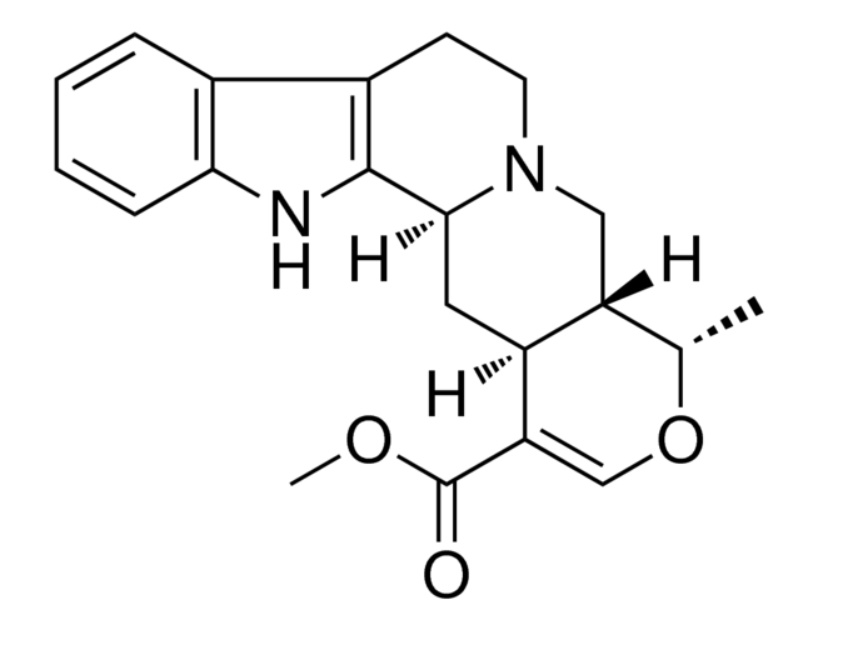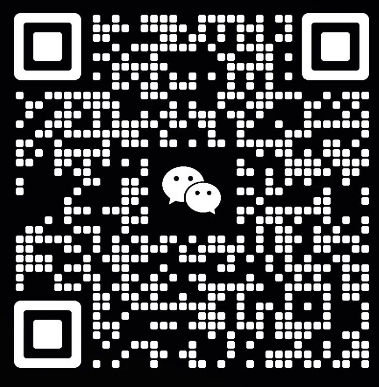News Center
social responsibility

hot line: +86 13255260239
mailbox: yaodongwang65@gmail.com
address: Room 702A11, Building 1, Jinan Science and Technology Innovation Center, Guangdong Pu Science and Technology, 500 meters southeast of the intersection of Kejia Road and Chunxiu Road, High-tech Zone, Jinan City, Shandong Province
hot line: +86 13255260239
mailbox: yaodongwang65@gmail.com
address: Room 702A11, Building 1, Jinan Science and Technology Innovation Center, Guangdong Pu Science and Technology, 500 meters southeast of the intersection of Kejia Road and Chunxiu Road, High-tech Zone, Jinan City, Shandong Province



![]() Release date:2024.10.25
Release date:2024.10.25
![]() Page view:71
Page view:71
The process of DMF (N, n-dimethylformamide) extraction with trichloromethane in the operation of the Shandong Lienextract centrifugal extractor consists of several key stages aimed at efficiently recovering DMF from wastewater and treating the remaining wastewater. The following is a detailed process description:

1. Pretreatment stage
Prior to extraction, some key properties of the wastewater need to be adjusted to optimize the subsequent separation:
- **pH Adjustment ** : Adjust the pH of the wastewater to enhance the partition coefficient between DMF and trichloromethane.
- ** Temperature control ** : By heating or cooling, ensure that the wastewater is in the optimal temperature range and promote extraction efficiency.
- ** Suspended matter removal ** : Using filtration or precipitation technology to remove suspended particles in wastewater, reducing interference with the extraction process.
2. Extraction stage
Mixing and mass transfer
Operation process: The pre-treated DMF wastewater is mixed with trichloromethane in a certain proportion, and is fully stirred in the high-efficiency mixing equipment (such as the separation technology centrifugal extractor). In this process, DMF is gradually transferred from the water phase to the trichloromethane phase to achieve initial separation.
Multistage countercurrent extraction
Principle: In order to improve extraction efficiency, multistage countercurrent extraction is used. The separated trichloromethane phase continues to be mixed with fresh DMF wastewater for further extraction, while the residual DMF in the upper raffinate is recovered.
Results: By using trichloromethane as extractant and multistage countercurrent extraction, DMF recovery can be significantly improved. The experimental data show that the DMF concentration of a tannery wastewater (up to 93.4g/L) can be reduced to 1.33g/L in the raffinate after five-stage countercurrent extraction, and the extraction rate is as high as 98.6%.

Solvent recovery and wastewater treatment stage
Solvent recovery
Rectification section: The trichloromethane phase containing DMF is fed into the rectification column, and the trichloromethane and DMF are separated through the rectification process. Due to the large difference in boiling point between the two (61.3 ° C for trichloromethane and 153 ° C for DMF), effective separation can be achieved by distillation.
Purity: The purity of recovered trichloromethane and DMF can reach more than 99.5%, ensuring efficient and economical reuse.

Wastewater treatment
Biochemical treatment: Raffinate (low concentration DMF wastewater) is introduced into the biochemical treatment unit for deep biodegradation treatment to remove residual organic matter.
Physicochemical treatment: Depending on the wastewater, further physicochemical treatment, such as adsorption or oxidation, may be required to completely remove contaminants.
Water quality standards: the treated water quality can be reused or meet the discharge standards to ensure environmental protection and resource reuse.
Hot spot
Welcome to contact you by phone
Working hours(8:30-20:30)Enquiry hotline
+86 13255260239
Pay attention to customer service wechat
Working hours(8:30-20:30)

